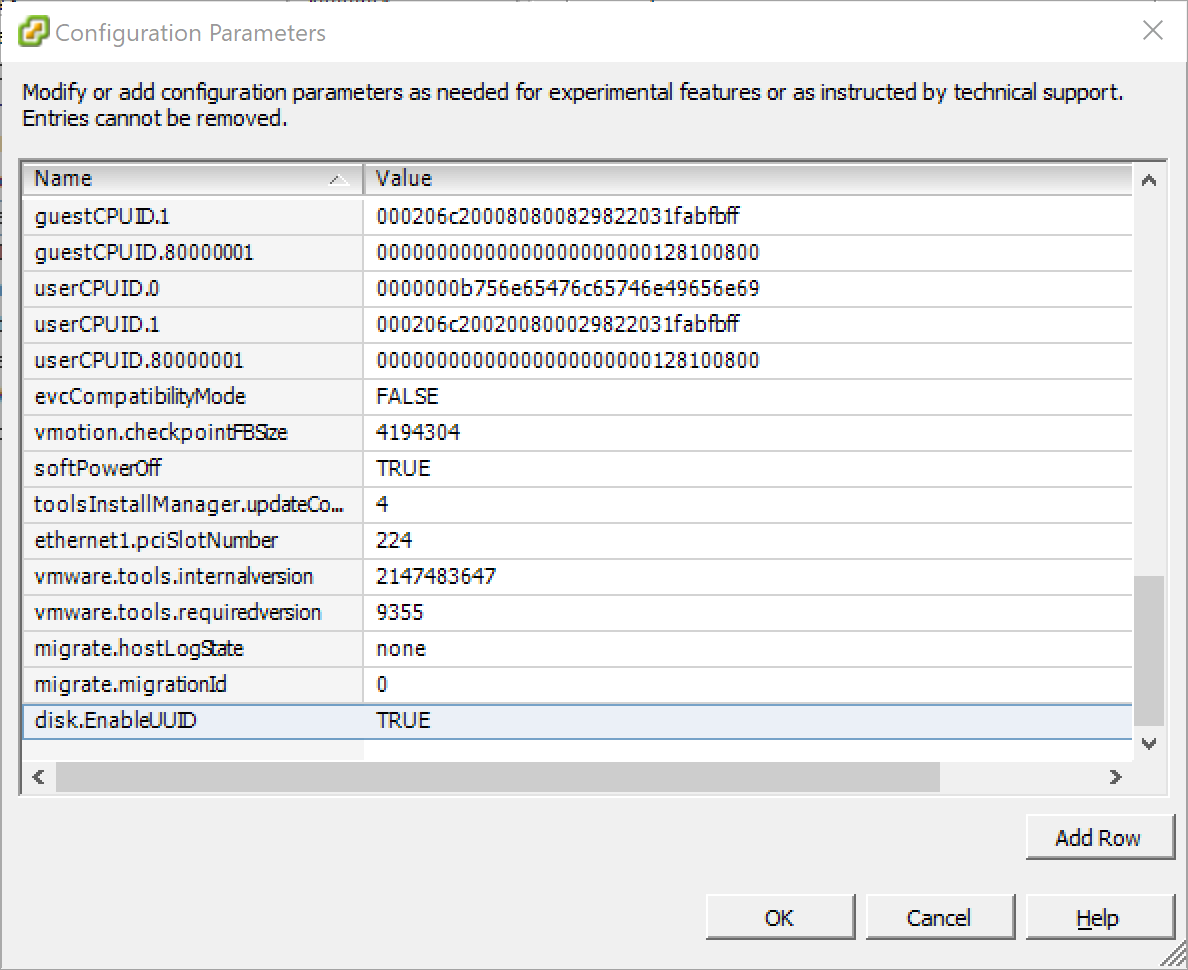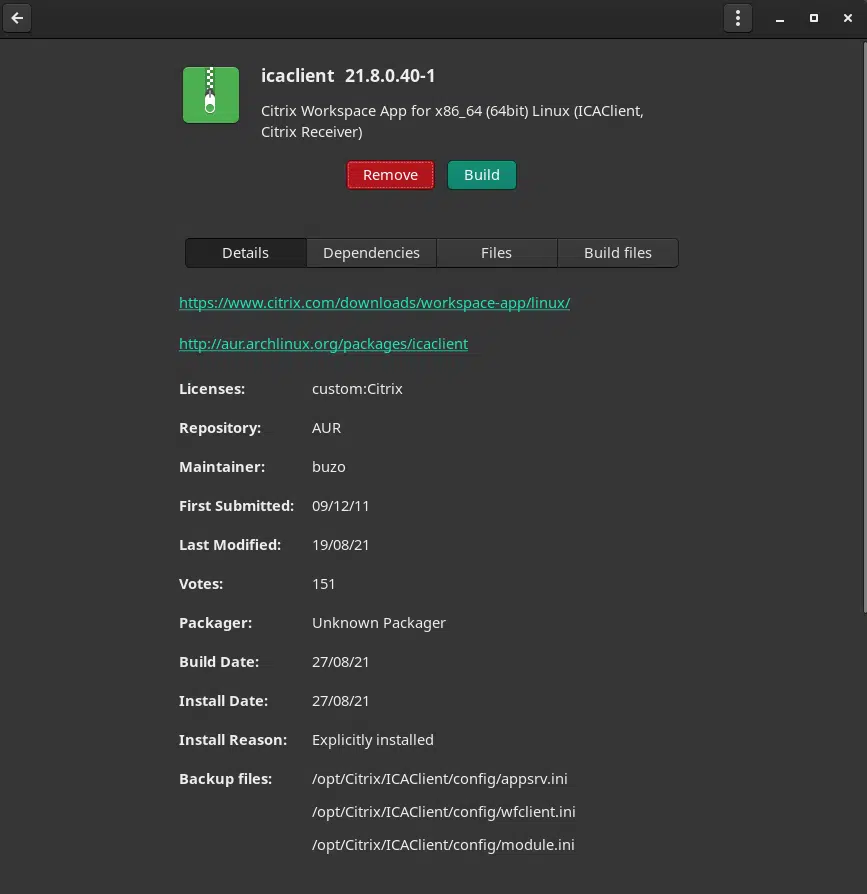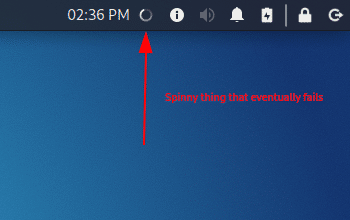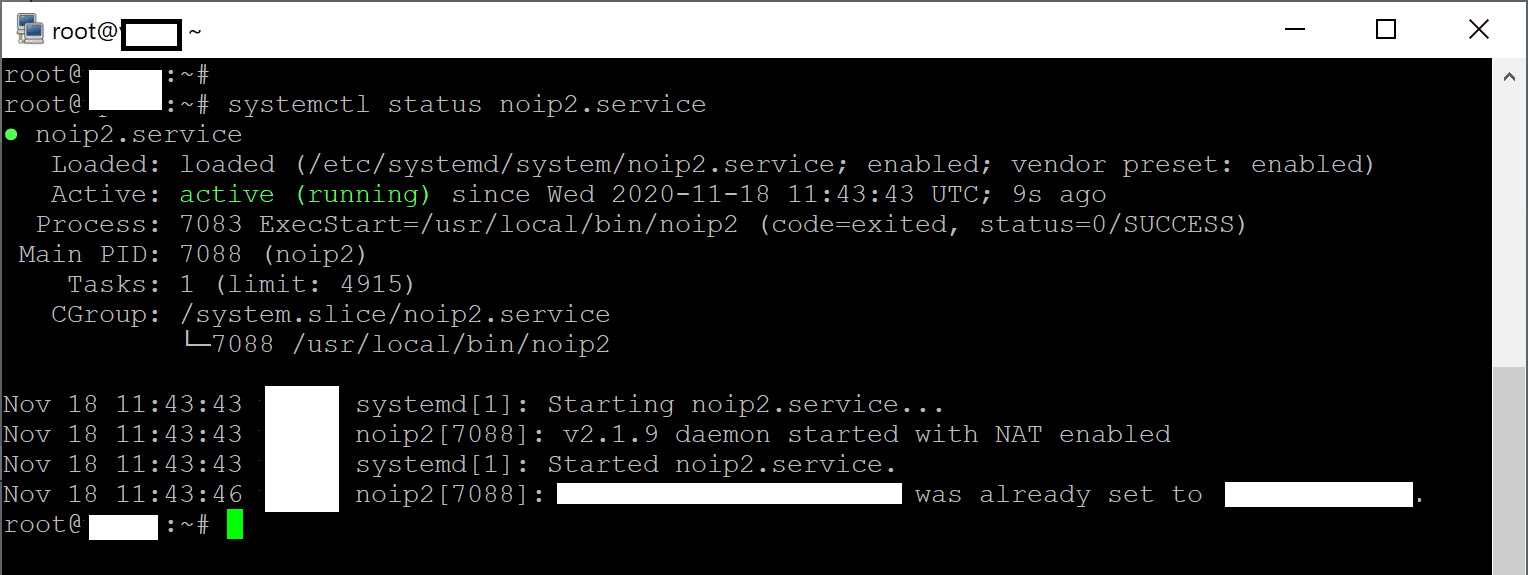Fix multipath daemon error about missing path when using VMware ESX
Read More »Install and Run Citrix Workspace on Linux
Citrix Workspace on Linux enables users to access virtual desktops and hosted applications delivered by XenDesktop and XenApp from devices running the Linux operating system. Workspace app for Linux is available in English, German, Spanish, French, Japanese, Dutch, Portuguese (Brazil), Simplified Chinese, Russian and Italian. It can be used: Thin …
Read More »Can’t connect to WiFi in Linux
So I installed the latest version of Kali Linux from USB into my RAZER Blade 2016 laptop. Took a while as it seems after 5 years on non-stop use and abuse, this laptop is finally slowing down. Oh yes, touchpad was disabled the whole time I was installing but keyboard …
Read More »How to install the noip2 on Ubuntu and run via systemd systemctl (noIP Dynamic Update Client)
This post attempts to fix that problem by installing required packages to run the make command, install noip2 binary, fix file permissions if missing, create an init.d script for service command, create a systemd file so that we can control it via systemd and finally enable it via systemctl.
Read More »Change IP address in packet capture file (faking IP)
I'm sure you bumped into situations where you needed to fake IP address in a capture file. This maybe required when you're trying to send the capture file to someone that you don't really share your real IP's with or you just want to change cause you can. If you've tried this and looked around the interwebs, you'd surely know that there's not many guides available and most people would just tell casually "just use sed" or use "WireEdit" and pay some fees for their license. Now, both works but I just got pissed off in a particular situation where sed wasn't an options (the file was literally few GB's in size and most text editors would just freeze) and to make things worse, I needed to filter a lot of info and only keep source and destination IP addresses in there for privacy's sake. Yeah, that means removing all those noises like DNS, UDP, Broadcast, Cisco ARP, Broadcast, MDNS (yes, that too), SSDP ... yes, pretty much anything except TCP/UDP, HTTP and TLS trarffic between my server and the destination server. So, in summary I had to filter all of these noises and change IP address in packet capture file to hide source IP address, this is similar to faking IP address in packet captures. You can also use other tools to do it on the fly but they require more setup and all I just wanted to do is to hide my source IP.
Read More » blackMORE Ops Learn one trick a day ….
blackMORE Ops Learn one trick a day ….




